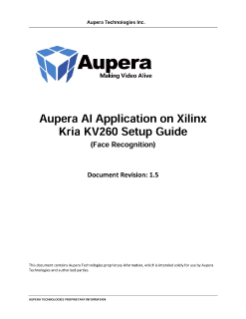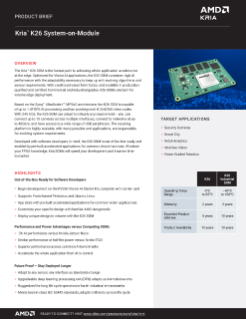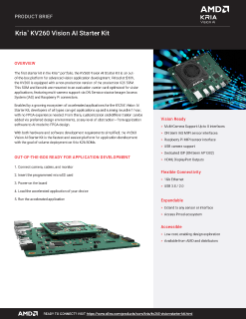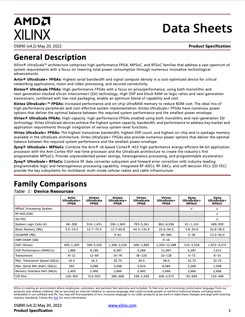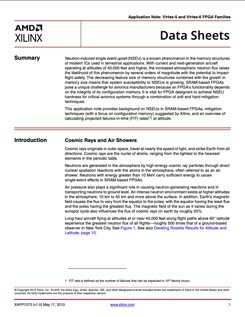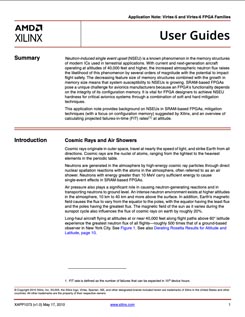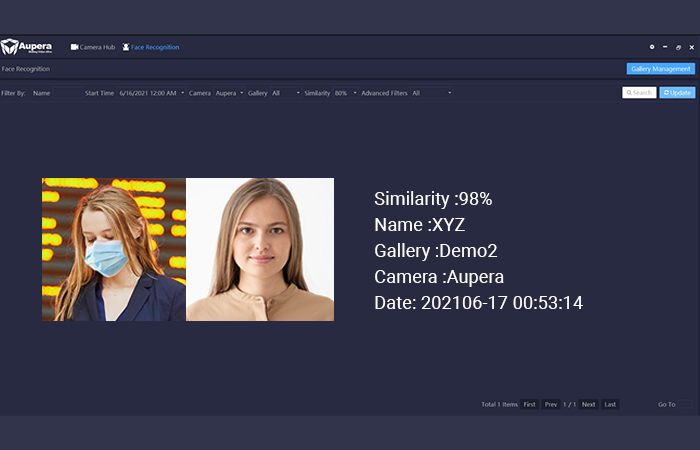
Aupera Face Recognition for Kria SOM Accelerated Application
Aupera Facial Recognition Solution is an end-to-end, commercially deployable solution for facial recognition in the field. Equipped with the Aupera proprietary best-in-class trained AI model, the solution has been in field deployment by Tier-1 customers. It comes with built-in machine learning for applications such as face detection, face recognition, mask detection, face recognition with mask, RTSP/RTMP streaming, and ONVIF interfacing.

Features:
- Best-in-class accuracy for face recognition—full pipeline implemented on the edge
- Ultra-low latency efficiency for face detection and recognition
- Supports face mask detection
- Supports face recognition with mask
- Supports face attributes detection
- Supports up to 4 streams @1080P25FPS E2E video processing and AI analytics
- Open API for easy integration
Hardware Needed:
Additional Tools and Resources
Related Apps
Frequently Asked Questions
No, the application does not require any experience in FPGA design.
There is a 30-day free evaluation floating license and node-lock permanent paid license available for customer’s option.
No, the model is trained on global images, but with more Asian data than others.
Yes
Yes, definitely. This application is running on the Kria SOM, and an updated version of this application will be compatible for both edge box and camera.
Featured Documents
Accelerate Your AI-Enabled Edge Solution with Adaptive Computing
Learn all about adaptive SOMs, including examples of why and how they can be deployed in next-generation edge applications, and how smart vision providers benefit from the performance, flexibility, and rapid development that can only be achieved by an adaptive SOM.
Adaptive Computing in Robotics
Demand for robotics is accelerating rapidly. Building a robot that is safe and secure and can operate alongside humans is difficult enough. But getting these technologies working together can be even more challenging. Complicating matters is the addition of machine learning and artificial intelligence which is making it more difficult to keep up with computational demands. Roboticists are turning toward adaptive computing platforms which offer lower latency and deterministic, multi-axis control with built-in safety and security on an integrated, adaptable platform that is expandable for the future. Read the eBook to learn more.

